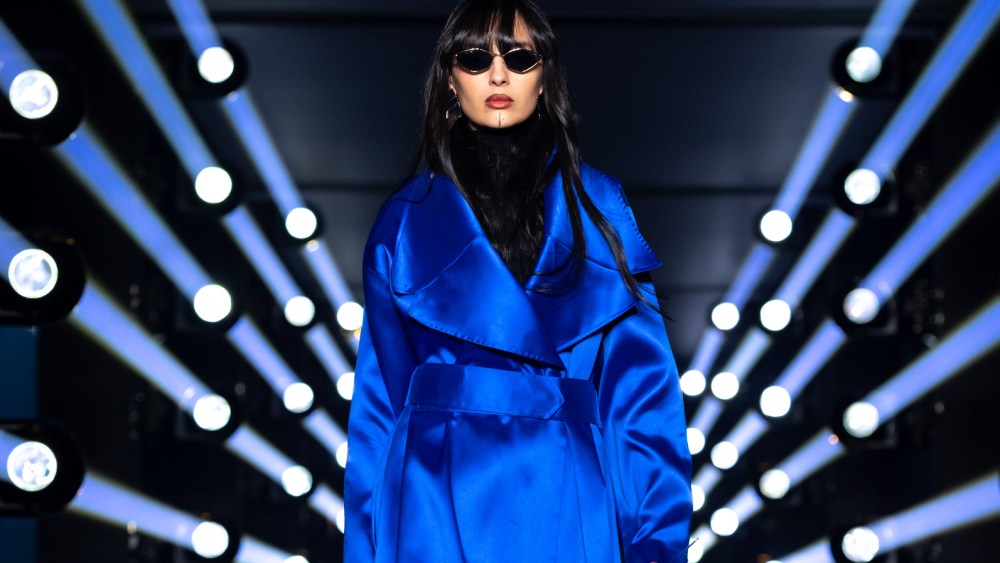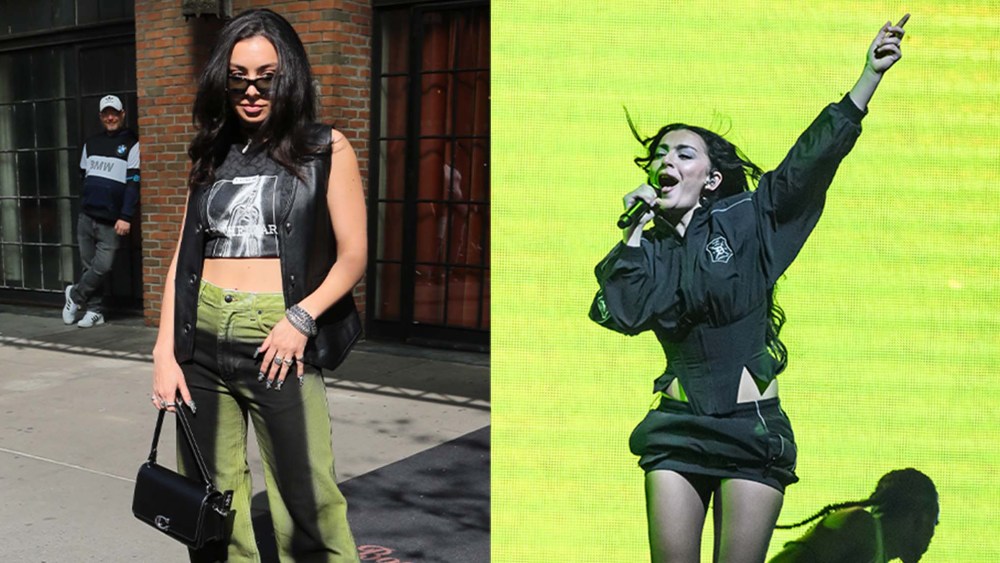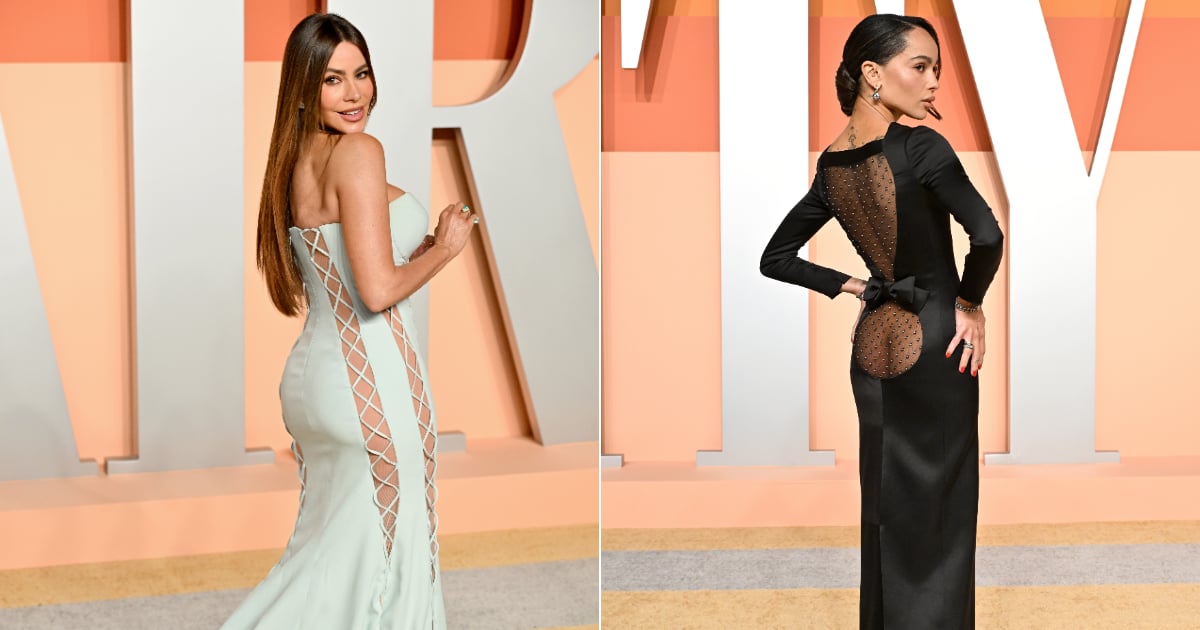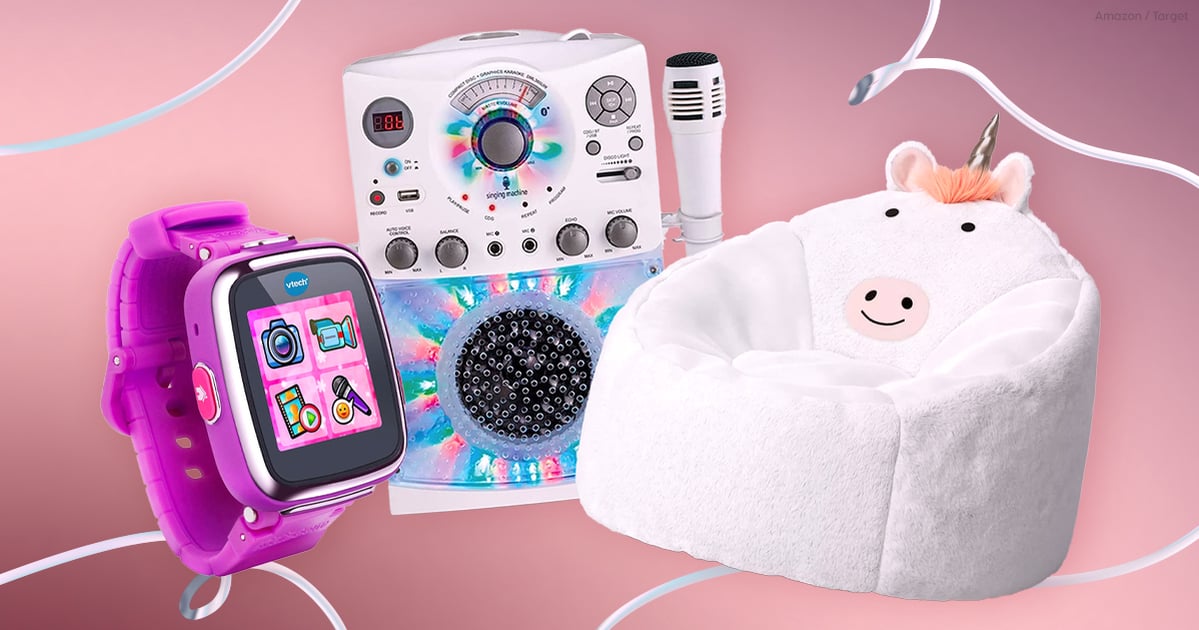Abdulrahman Al-Abed is quite the fashion storyteller, emblematic of how Saudi designers are celebrating their Bedouin roots, history and the desert lifestyle that helped shape how people here dress.
His eight-year-old Qormuz brand was one of several during Riyadh Fashion Week to exalt the robe- and cloak-based wardrobe in this part of the world, riffing on the bisht, thobe and farwa, the latter worn during winter months.
Al-Abed opened his transporting display with a man swathed in ragged sheepskin pelts, recalling the hardscrabble days of sustenance living in a harsh climate. A leather handbag slung from a sword telegraphed a more oblique message.
One model was accompanied by an adorable Saluki dog, an Arabian hound traditionally used for hunting, while others ferried oud burners or weekender bags inspired by the ones nomadic peoples used for transporting their coffee- and tea-making implements.
You May Also Like
Yet what stood out were the sophisticated colors, bold stripes and subtle embroideries — some geometric, some botanical — applied to handsome, buttonless coats for men and women. Interspersed were interpretations of Western styles including trenchcoats, pantsuits and Bermuda shorts.
Oh, and there were cute handbags galore, including a lozenge-shaped clutch and Qormuz’s popular bucket style, the Al Dalam, now in a miniature version since tiny handbags are all the rage here.
Like Erdem Moralıoğlu does in London, Al-Abed often bases his collections on forgotten and underappreciated historical figures, here telling a story about an entire region and one of the north’s linchpin figures, Prince Nuri bin Hazaa Al Shalaan, leader of the Ruwallah tribe in the early 1900s.
“No one’s linked them with the fashion, and without them, we would never be able to live safely and normally,” he said.



